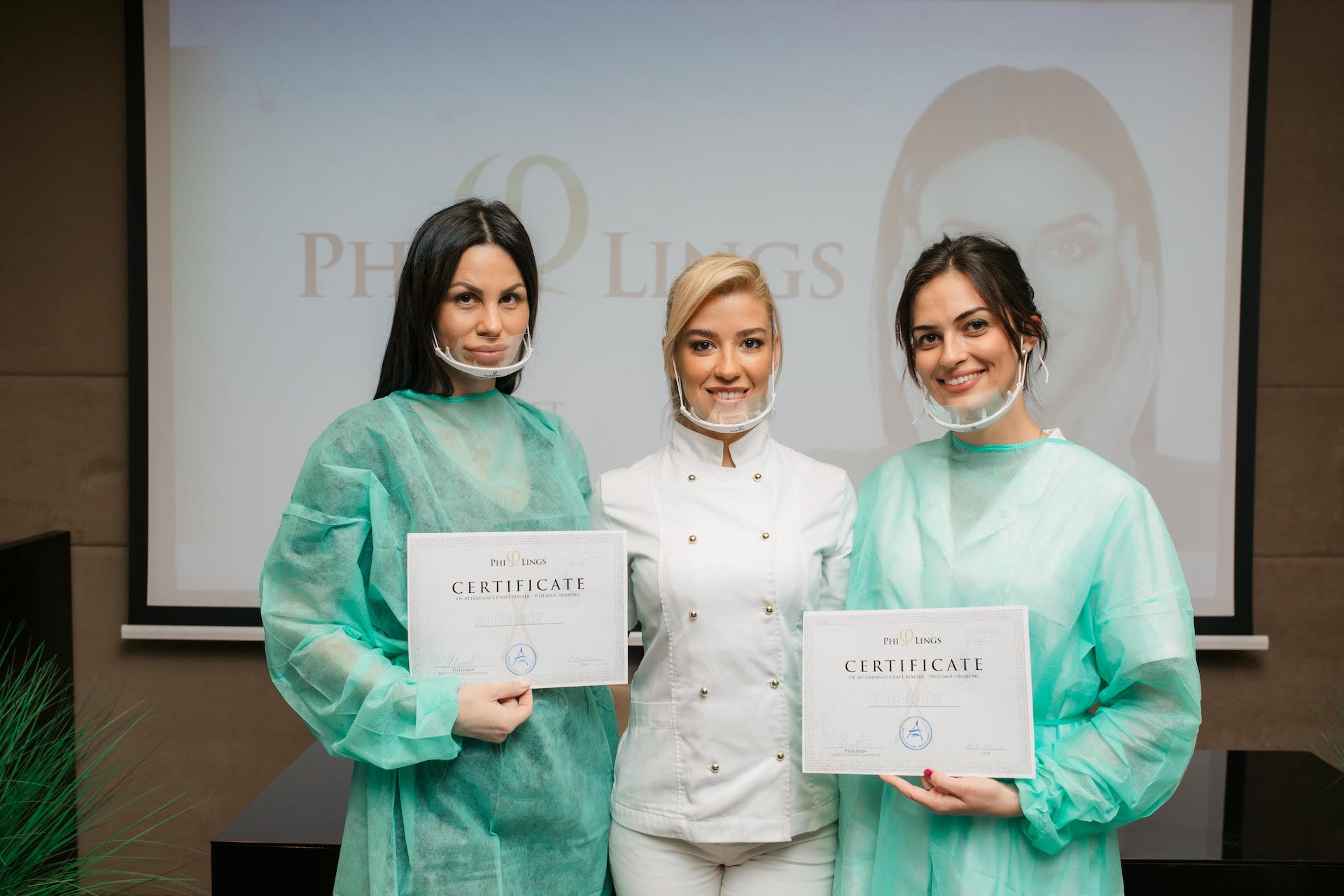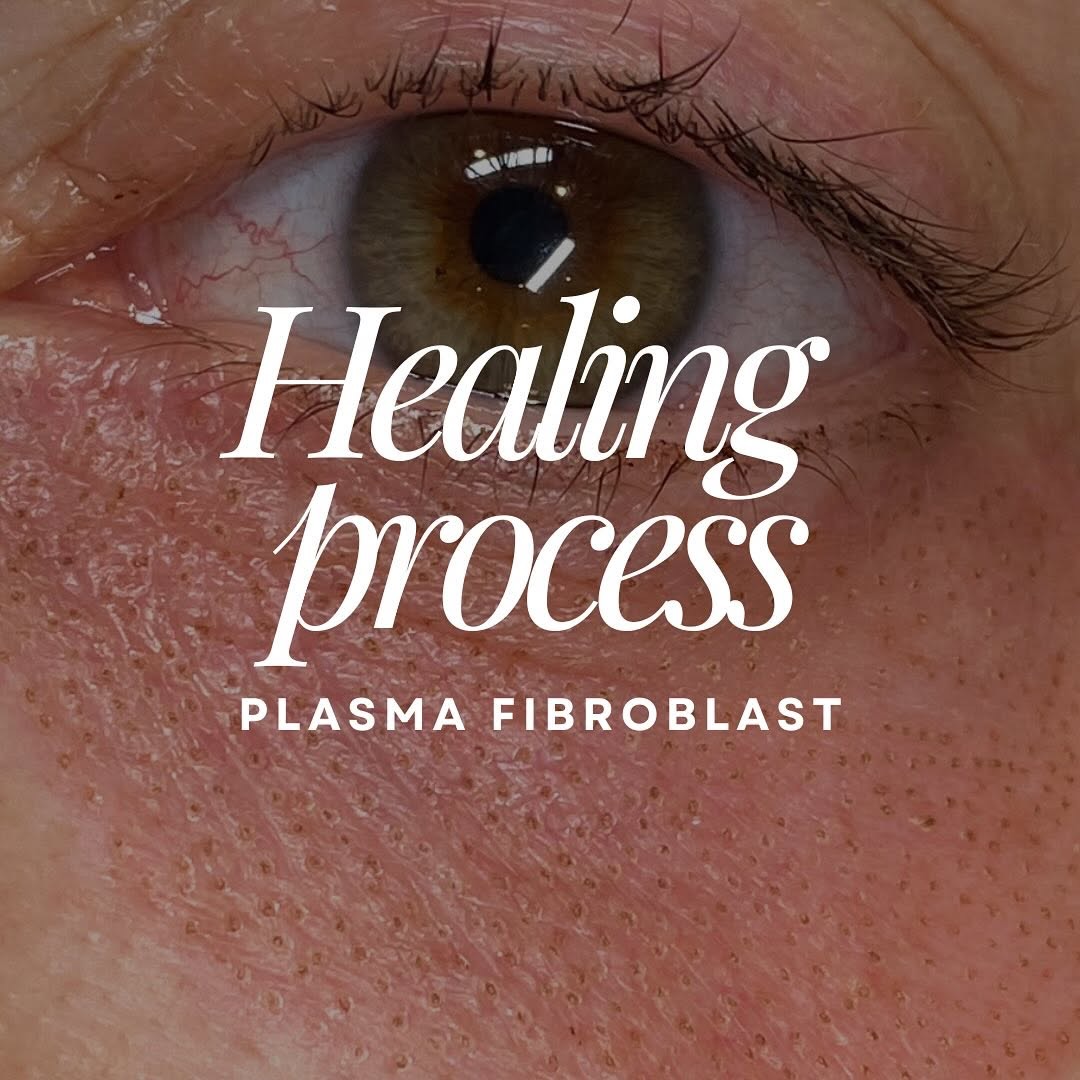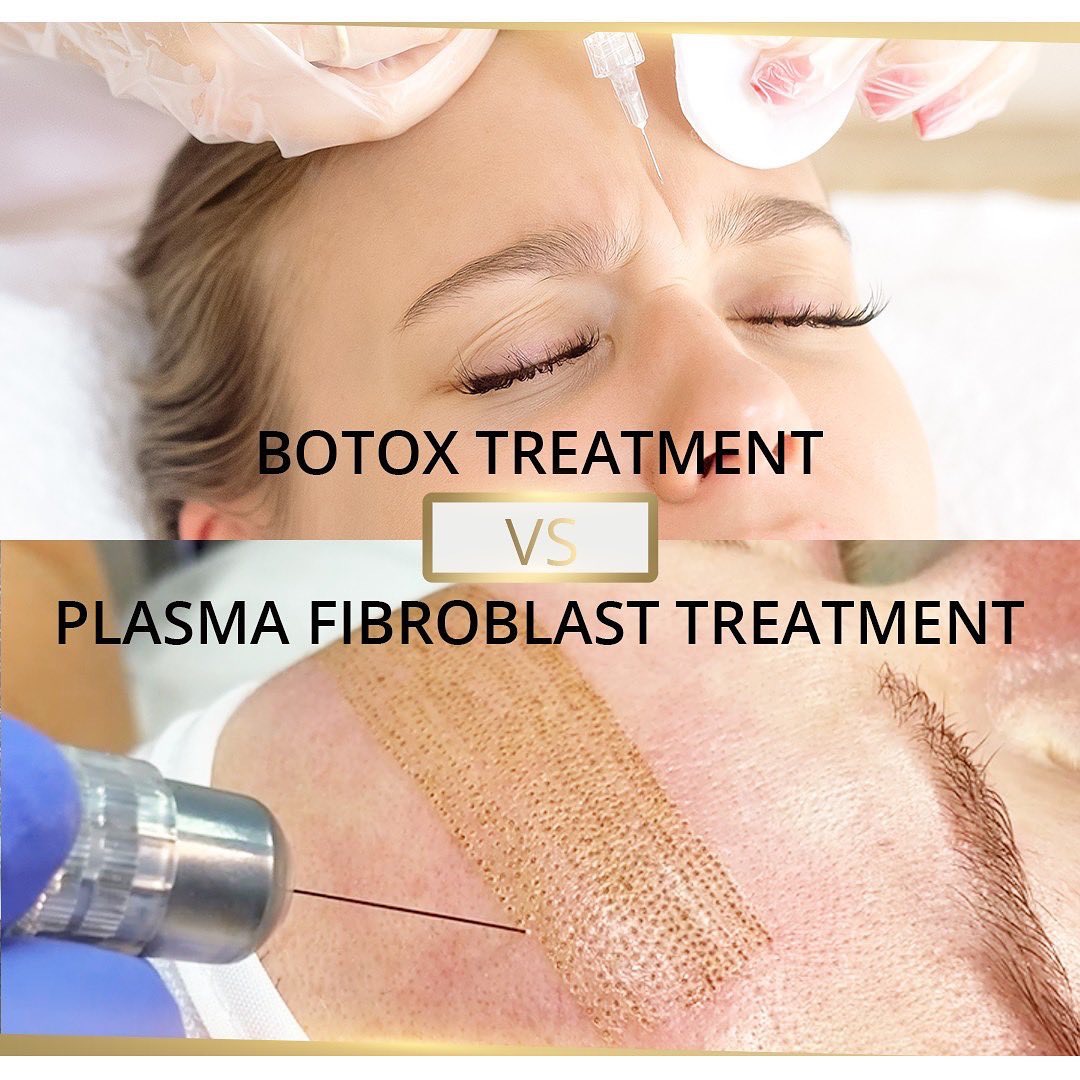Frequently Asked Questions Before Enrolling in the Plasma Fibroblast Course
Plasma Fibroblast treatments have become one of the most in-demand non-surgical skin tightening procedures in both aesthetic and medical practices. Because this treatment uses plasma energy to stimulate fibroblast cells in the skin, the results can be highly effective for reducing wrinkles, tightening skin, and treating minor imperfections. However, before enrolling in a Plasma Fibroblast training course, professionals often have many questions. This guide answers the most frequently asked questions so you can make an informed decision.
1. Who can take the Plasma Fibroblast course?
The course is designed for licensed aestheticians, beauty professionals, nurses, and medical doctors who want to expand their treatment portfolio. The eligibility requirements may vary depending on your country’s regulations. Our recommendation is to check whether this treatment is legally permitted in your country with your current qualifications.
2. What will I learn during the course?
A comprehensive Plasma Fibroblast course covers both theory and practice, including:
- Skin anatomy and physiology
- Wound healing process and skin regeneration
- Indications and contraindications for Plasma Fibroblast treatments
- Safety protocols and hygiene standards
- Device handling and correct application technique
- Treatment areas (eyelids, wrinkles, scars, stretch marks, skin tags)
- Pre-treatment consultation and post-treatment care
- Managing client expectations and complications
- Business, pricing, and marketing strategies
3. Is Plasma Fibroblast safe?
When performed by a trained professional with medical-grade equipment, Plasma Fibroblast is considered safe and minimally invasive. However, improper training or using uncertified devices can lead to complications such as burns, scarring, or hyperpigmentation. This is why professional education is essential.
4. How long is the healing process?
Clients can expect the following timeline after treatment:
- Day 1–3: Small carbon crusts (tiny brown dots) form on the treated area.
- Day 4–7: Crusts naturally fall off as the skin begins to heal.
- Week 2–4: Pink skin is visible as new tissue forms.
- 1–2 months: Full results become visible with tighter, smoother skin.
Educating your clients on the healing process is a critical part of your training. Clear communication reduces anxiety and improves satisfaction with results.
5. What equipment do I need?
Not all devices on the market are safe or effective. A professional Plasma Fibroblast device should:
- Be CE-certified or FDA-approved (depending on your market)
- Have adjustable settings for different skin types and treatment areas
- Come with safety guidelines and training support
Before the course, you will receive guidance on selecting high-quality devices and supplies.
6. How soon can I start offering treatments after the course?
Most students begin performing treatments shortly after completing the training, once they feel confident in their skills. It is recommended to practice under supervision (if possible) or on models before treating paying clients. The course typically includes live demonstrations and hands-on practice.
7. Will I receive a certificate?
Yes, upon successful completion of the course, you will receive a certificate that confirms your theoretical and practical training in Plasma Fibroblast. While certification demonstrates your competence, remember to comply with your local regulations regarding licensing.
8. What results can clients expect?
Plasma Fibroblast can achieve visible lifting and tightening without surgery. Results vary depending on age, skin condition, and lifestyle but generally last between 2–3 years. A key part of the training is learning how to set realistic expectations for your clients.
9. What is the cost of training and return on investment?
Training costs vary, but most professionals see a fast return on investment. Plasma Fibroblast treatments are highly profitable because they are minimally invasive, require no expensive consumables, and have growing client demand. With proper training, you can quickly integrate this service into your practice.
10. Why is professional education important?
Plasma Fibroblast may look simple on social media, but it requires deep knowledge of skin science, client safety, and treatment technique. A certified course ensures:
- Safe, effective results
- Higher client trust
- Protection of your professional reputation
- Compliance with local laws and industry standards
Enrolling in a Plasma Fibroblast course is an excellent way to elevate your skills, expand your service offerings, and grow your business. Whether you are a medical professional or an aesthetician, the key to success lies in quality education, safe practice, and continuous learning.




























